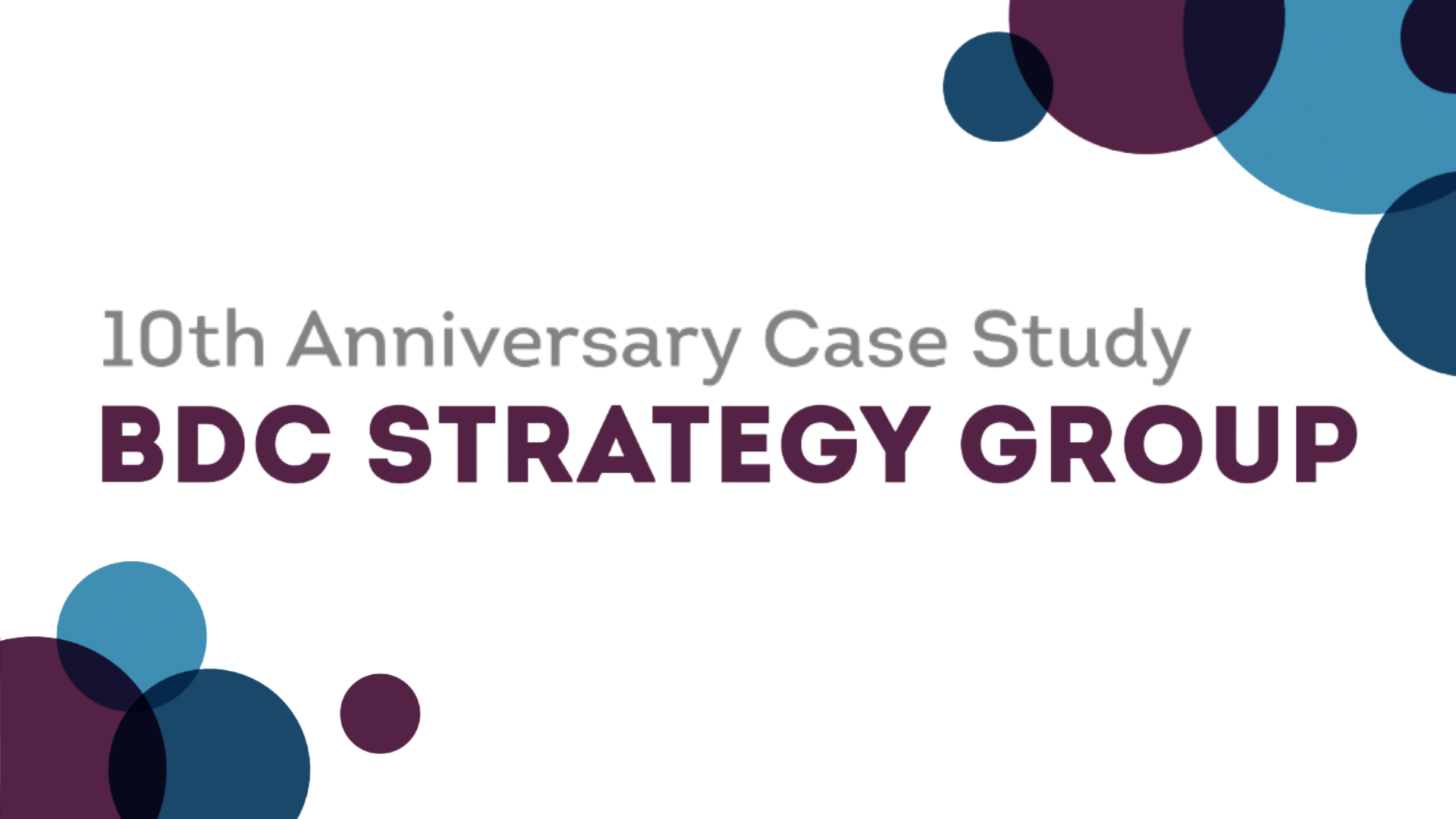In June of this year, the Supreme Court made the historic decision to end affirmative action in college admissions. This ruling ends a years-long battle of practicing race-conscious admissions at schools nationwide. The vote succeeded a lawsuit against Harvard University and the University of North Carolina at Chapel Hill (UNC-Chapel Hill) that determined that both of the schools’ affirmative action practices violate the 14th Amendment of the Constitution, a clause barring racial discrimination by government systems, officially eliminating race consideration in college admissions.
How it All Started
Affirmative action is a policy issued in 1965 by President Lyndon B. Johnson, prohibiting workplace discrimination by organizations that received federal contracts and subcontracts, and affirmative action in education began in the late 1960s. In 2003, an attempt to eliminate affirmative action failed during the Grutter v. Bollinger case. Barbara Grutter’s application into the University of Michigan Law School was denied despite having a 3.8 GPA and 161 LSAT score, but the Supreme Court voted that the university did not violate the 14th Amendment. It wasn’t until the recent case involving Harvard University and UNC-Chapel Hill that affirmative action in education was affected.
Ending Affirmative Action and the Impact on Schools
In previous studies of affirmative action bans in certain states, statistics show that Black, Hispanic and Indigenous student enrollment has plummeted, with more of these students enrolling in less selective schools.
Idaho, Arizona, Florida, Nebraska, New Hampshire, Oklahoma, Washington, California, and Michigan are all states where affirmative action was banned prior to the Supreme Court decision. In those states, colleges and universities saw a rapid decline in diverse admissions. School officials in California sent an amicus brief that showed that universities in the state had failed to meet their diversity goals since their affirmative action ban in 1996. Further, Black and Hispanic students dropped by 40% at University of California Los Angeles and University of California Berkeley campuses. In 2006, of the 4,852 students admitted into UCLA’s freshman class, only 96 were Black students. At the University of Florida, Black student enrollment has decreased by 6% since they banned race-based admissions in 1999.
According to a study by Sean Reardon, sociologist at Stanford University, more than 100 highly selective colleges utilize affirmative action, presenting degrees to about 10,000 to 15,000 Black and Hispanic students each year whom they might not have otherwise accepted.
While top universities are seeing a decline in racial demographics, less selective colleges are seeing improvement. And though the less selective schools are increasing in diversity and representation, Black and Hispanic students tend to have worse post-college outcomes than their peers at elite universities.
Different Ways we can Expect Schools to Seek Diverse Applicants
“Race-neutrality” is a term we anticipate to hear more often following the overturn. Schools across the nation can still find ways to diversify their campuses. Household incomes, ZIP codes and targeted recruiting programs will be considerations in the admissions process. Another technique includes overlooking SAT and ACT scores, as low-income students may not have the necessary resources or assistance to receive additional tutoring. Additionally, aspiring college students are allowed to reference their race and life experiences in admission essays. These indirect methods of establishing a wider varied demographic makeup may help, but the undertaking will still be challenging.
In response to the overturn, more colleges are ditching legacy admissions to help diversify their campuses. Legacy admissions refer to student preference and acceptance based on familial ties to the university. A Harvard School of Economics study showed that legacy students from affluent backgrounds are twice as likely to get into top colleges than students from the middle and lower classes, even with similar GPAs and SAT scores.
Further, the U.S. Department of Education announced an investigation into Harvard’s legacy program. Findings in documents from the affirmative action case highlighted that legacy applicants make up less than 5% of overall candidates, but comprise about 30% of the applicants admitted each year, with 70% of the legacy applicants being white. This statistic highlights that legacy students are seven times more likely to be admitted into elite universities than their peers.
In schools that have previously removed legacy admissions, there was an improvement in diversity. For example, Johns Hopkins University eliminated legacy admissions in 2020, and just in three short years, legacy enrollment went from 8.5% to 1.7%, and first-generation or low-income students rose from 16.7% to 30.8%.
The Impact on Workplace Diversity
Many fear that DEI programs in corporate America will be next. Businesses are taking the necessary steps to ensure that their DEI practices are not deemed as problematic and comply with Equal Opportunity Employment requirements to avoid legal complications. Employers are also concerned that minority students entering the workforce and diverse job applicants will decrease over time. According to a Harvard study, the states that eliminated affirmative action hiring requirements have seen a significant decrease in workplace diversity, mainly affecting Asian females, Black females and Hispanic males.
To maintain a diverse workplace, we can expect to see more companies recruiting students from historically Black colleges and universities (HBCUs) as well as schools located in areas with large minority populations.
More Affirmative Action Coverage:
Harvard Business Review: Why Companies Can — and Should — Recommit to DEI in the Wake of the SCOTUS Decision, 07/27/2023
Inside Higher Ed: What the affirmative action ban means for summer programs, 07/24/2023
USA Today: After Supreme Court affirmative action ruling, renewed focus on first-generation students, 07/23/2023
U.S. News: What’s Next for Medical Schools After Ban on Race-Conscious Admissions, 07/12/2023
The Texas Tribune: Race-based college admissions are now banned, but Texas schools still have ways to ensure campuses are diverse, 07/11/2023
USA Today: After Supreme Court’s affirmative action ruling, race-based scholarships under scrutiny, 07/06/2023
Los Angeles Times: High-stakes, high-stress college essay stirs more anxiety under affirmative action ban, 07/06/2023
ABC News: Clark Atlanta president says why affirmative action ban presents ‘opportunity’ for HBCUs, 07/06/2023
Forbes: How The End Of Affirmative Action Will Impact College Admissions, 07/05/2023 [PAYWALL]
The New York Times: What the Affirmative Action Ruling Means for Colleges and Universities, 06/30/2023 [PAYWALL]
The Hill: The impending ripple effect of the Supreme Court’s affirmative action ban, 06/30/2023
NPR: Supreme Court guts affirmative action, effectively ending race-conscious admissions, 06/29/2023
NPR: Here’s what happened after California banned affirmative action 25 years ago, 06/29/2023
The New York Times: With Supreme Court Decision, College Admissions Could Become More Subjective, 06/29/2023 [PAYWALL]




